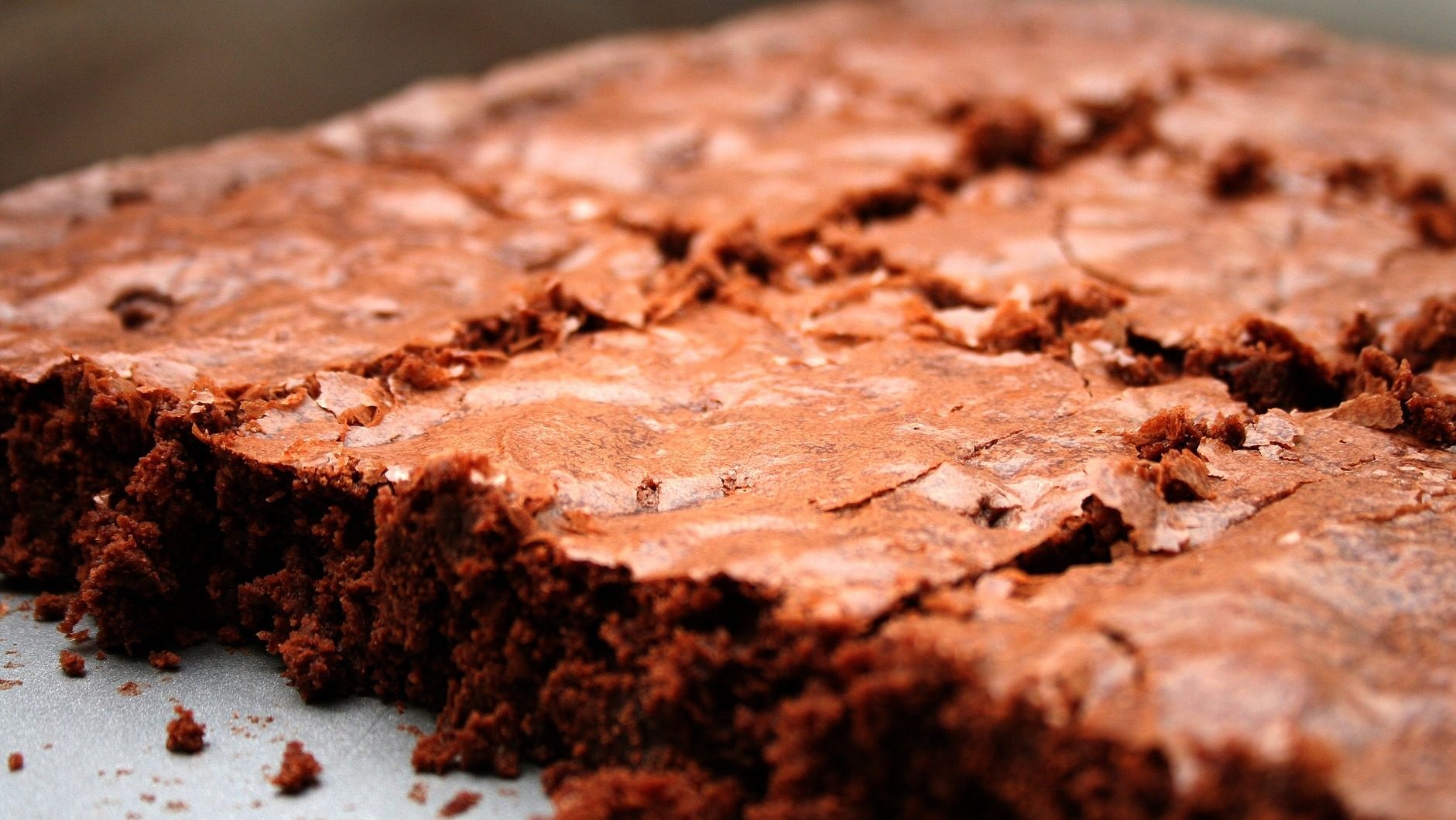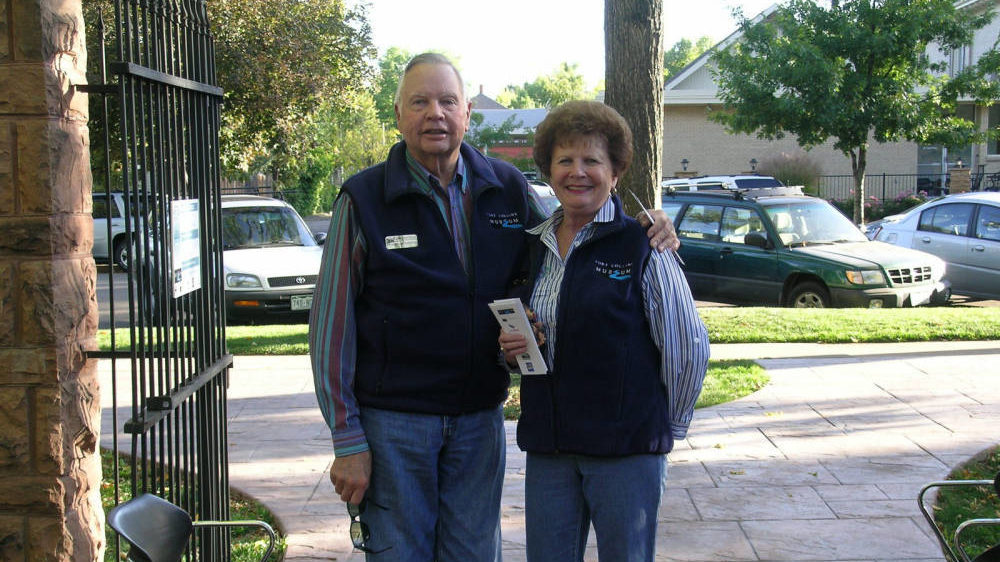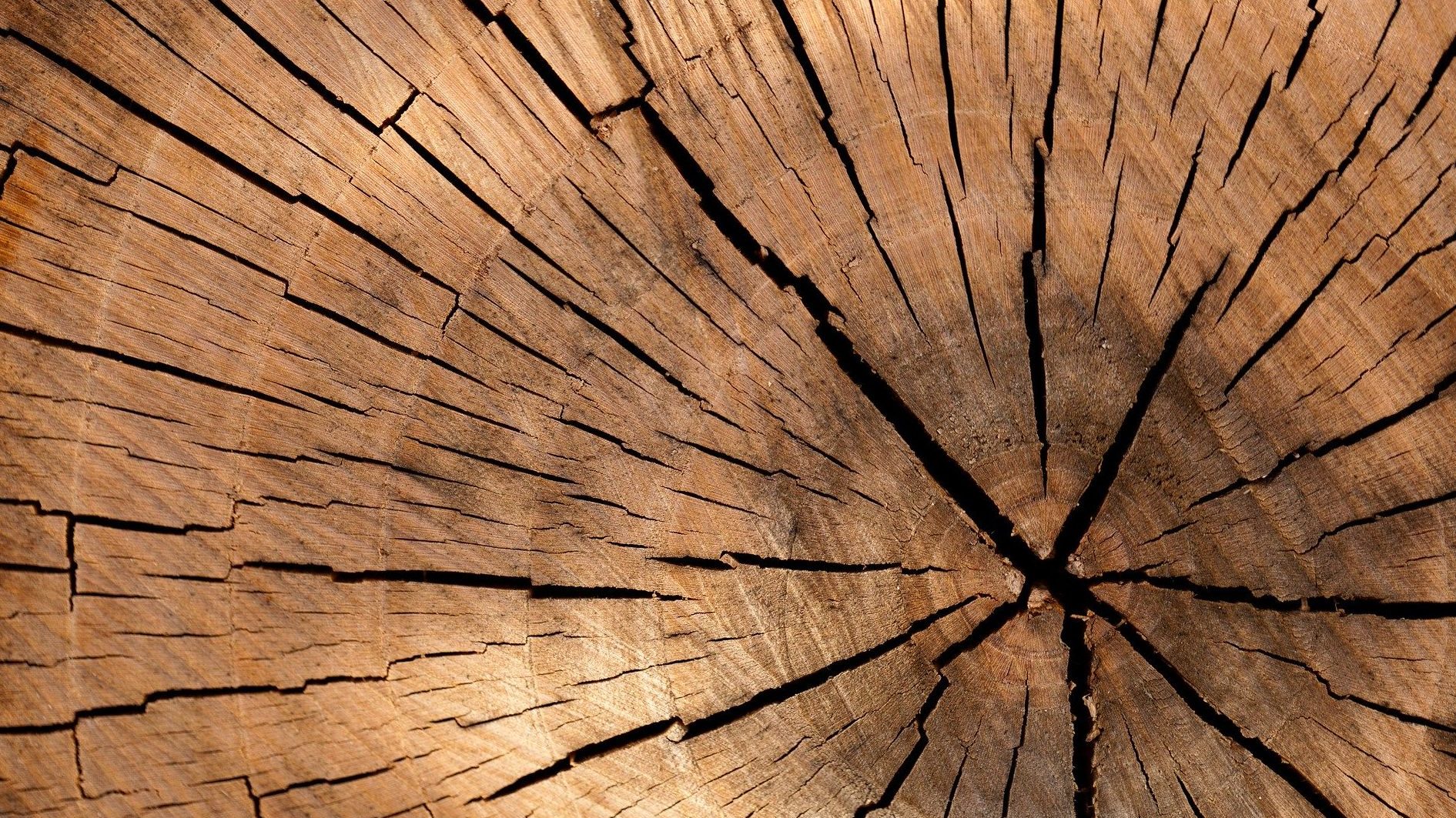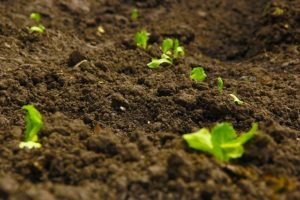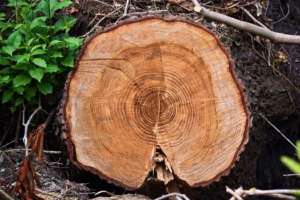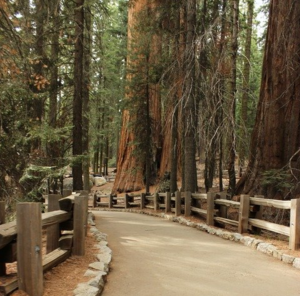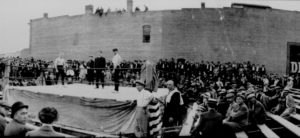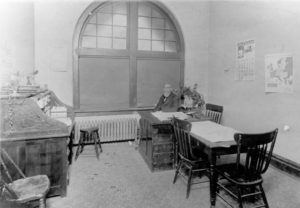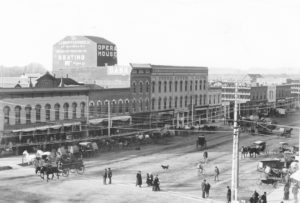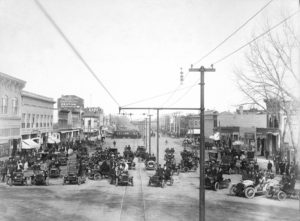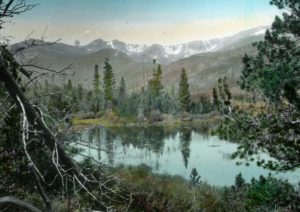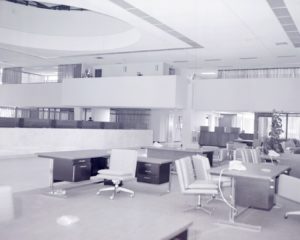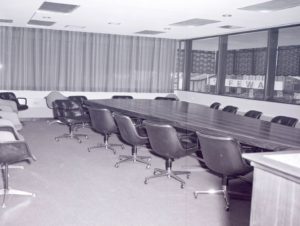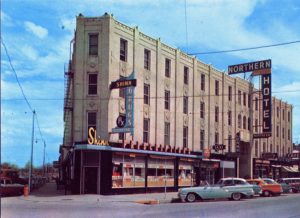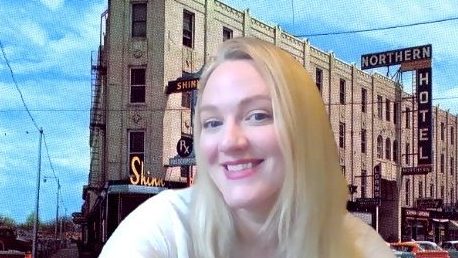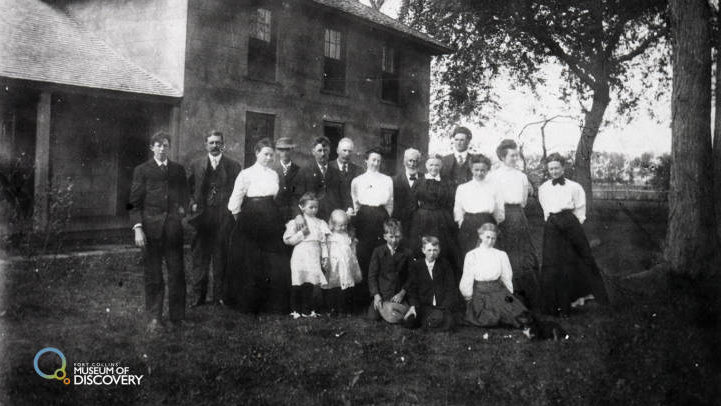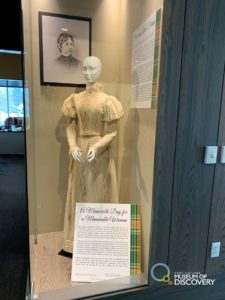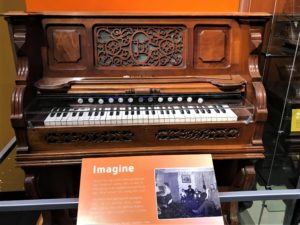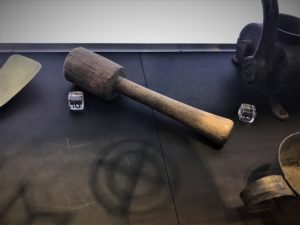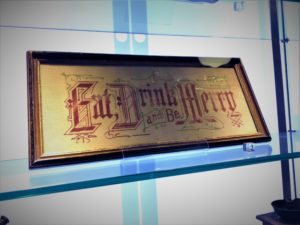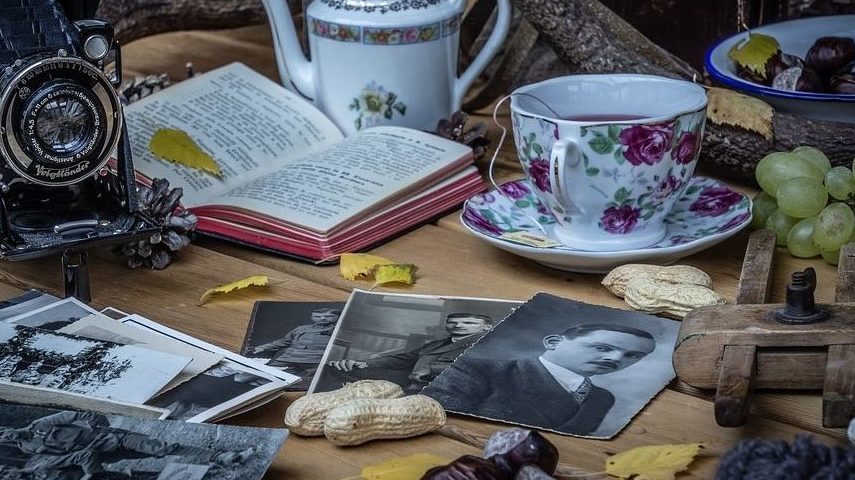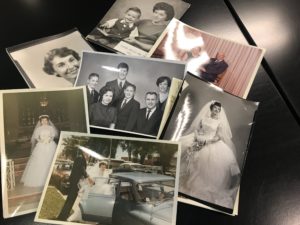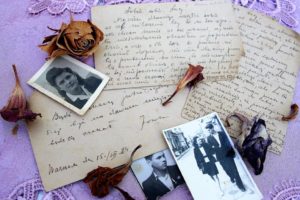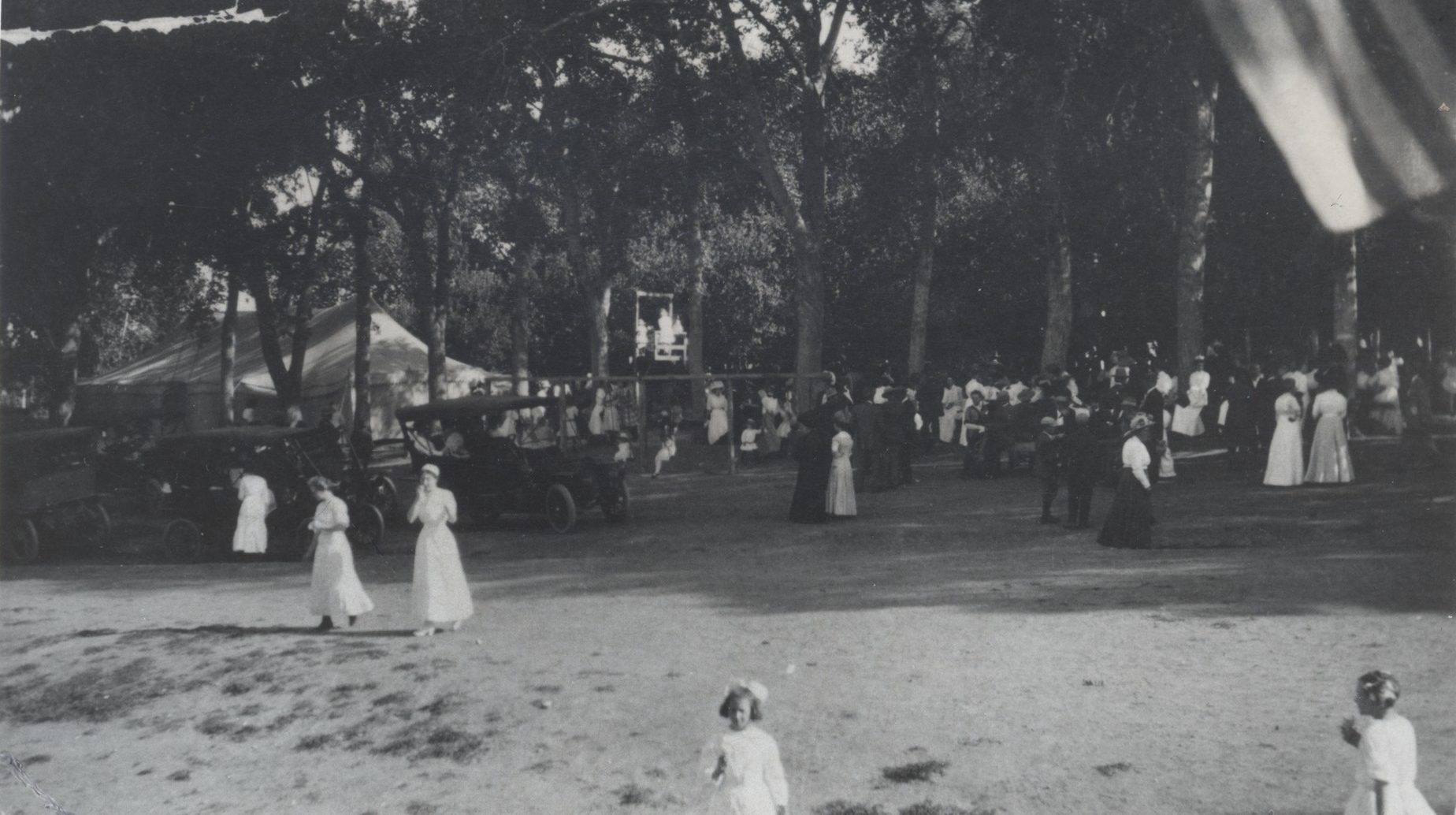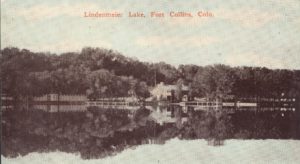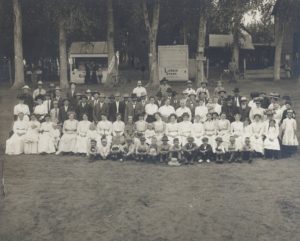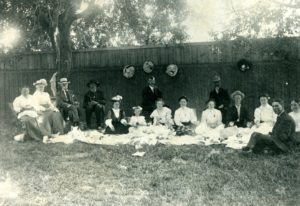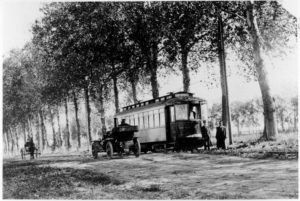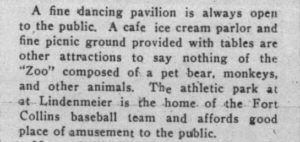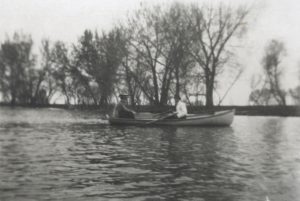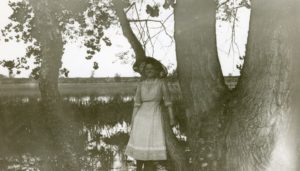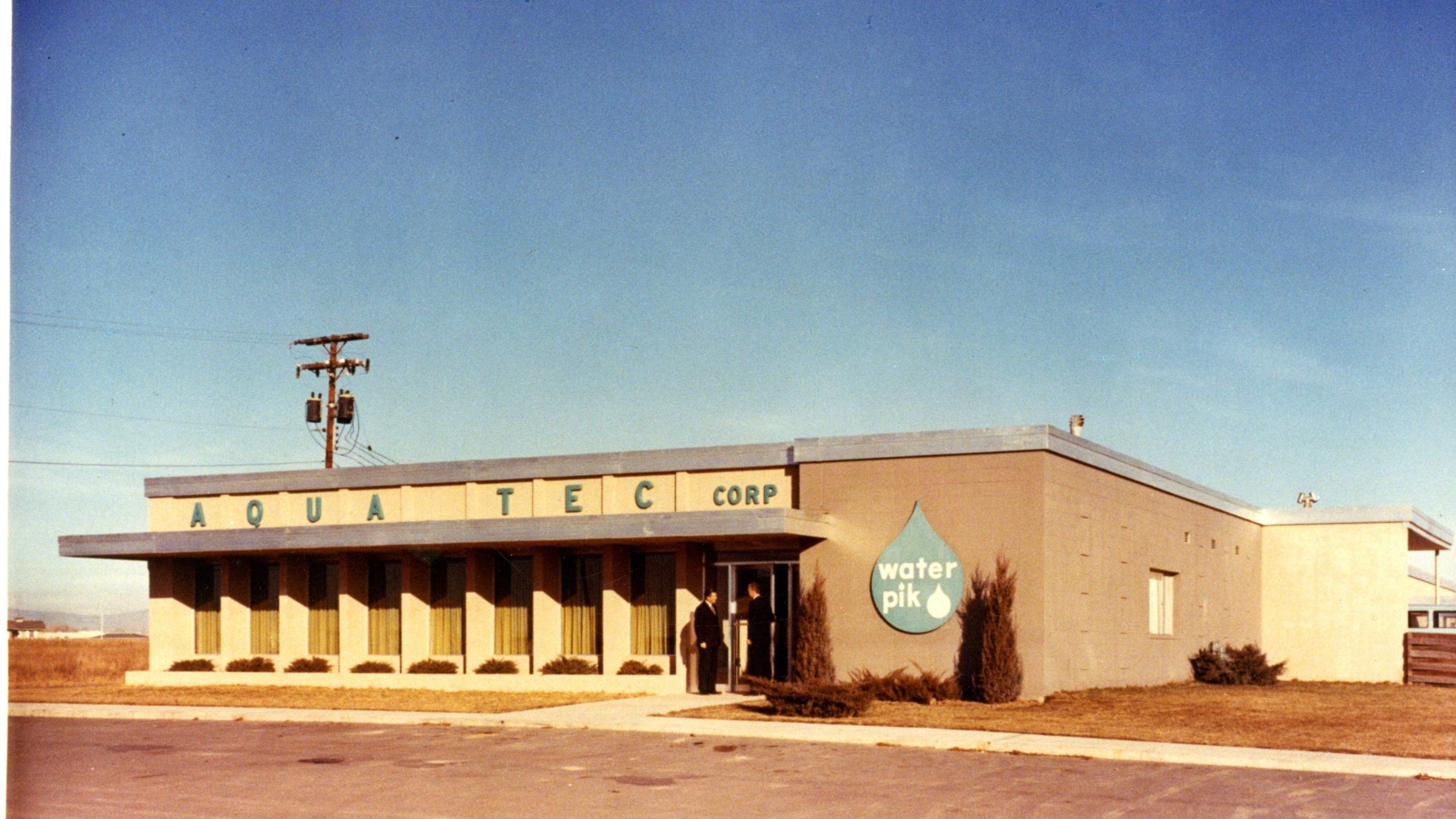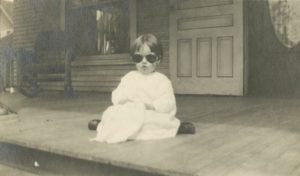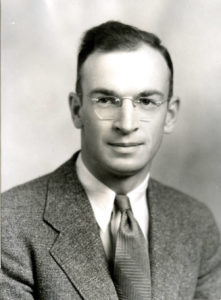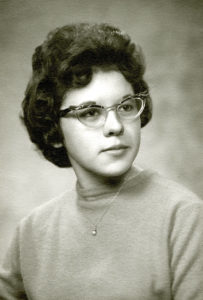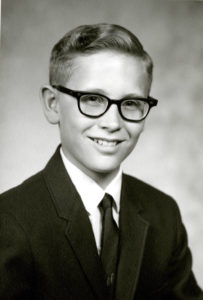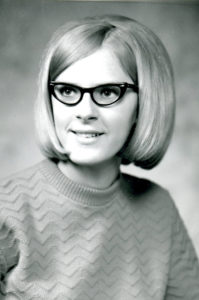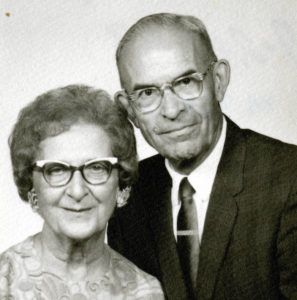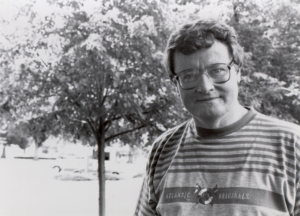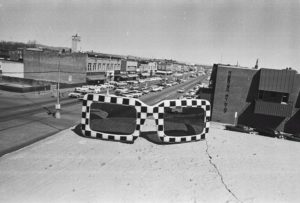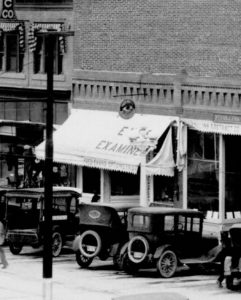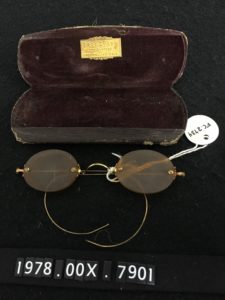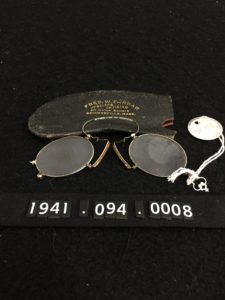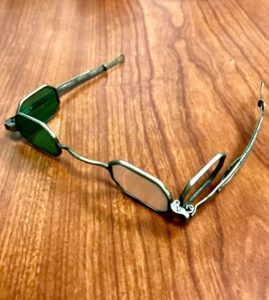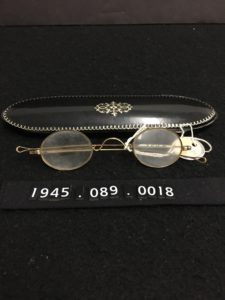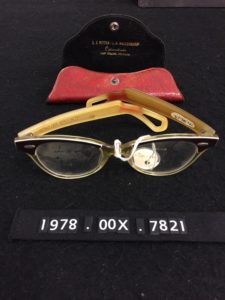Post written by Charlotte Conway, Public Programs Coordinator.
Daily Discovery: Baking with History – Fort Collins Brownies
Have you ever had trouble getting a brownie recipe to rise? High altitude baking requires special adjustments to get the same results as lower altitudes. Lucky for us, people from FoCo history have already developed recipes perfect for baking in our Colorado high altitude.
Learn about Dr. Inga Allison, a figure from Fort Collins history, who developed the science for high altitude baking, and then grab a parent to help you bake through history!
Dr. Inga Allison’s High Altitude Brownies Recipe
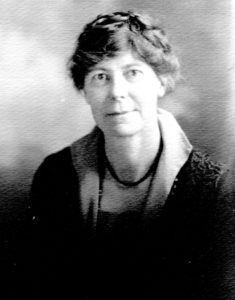
Inga Allison joined the Home Economics Department at Fort Collins’ Colorado Agriculture College from 1903 to 1908, at a time when several faculty members were starting to study the unique effects of high altitude on both crop growth and food preparation. Lacking an established lab, Allison conducted her experiments in cooking at altitude with improvised equipment in challenging conditions – baking, for example, in a rough Estes Park shanty located at 11,800 feet above sea level!
You can thank Dr. Allison for most brownie recipes that work here in Fort Collins – they most likely take into account the science developed by Dr. Allison! Follow along with her original brownie recipe on the next page!
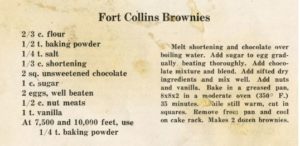
Want to download these directions? Click here for a handy PDF!
Follow along with our Daily Discovery! Click here for all activities that you can do at home.
Traducido por Károl de Rueda y Laura Vilaret-Tuma.
Descubrimiento en casa: Recetas con historia – bizochos de chocolate (brownies) de Fort Collins
¿Alguna vez has tenido algún problema siguiendo recetas de brownies? En Colorado -y en lugares con gran altitud- el hornear ciertos platillos requiere ajustes especiales para obtener los mismos resultados que en lugares con altitudes más bajas. Pero por suerte, existen recetas locales comprobadas que sirven para hornear con éxito en nuestra área.
Conoce a la Dra. Inga Allison; una figura histórica de nuestra ciudad que descubrió la ciencia para hornear en elevaciones altas. Con la ayuda de un adulto, usa esta receta histórica ajustada por ella para hacer unos brownies, ¡y comparte el delicioso resultado con tu familia!
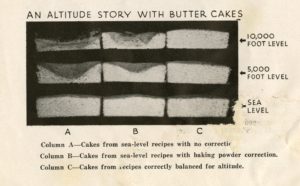
Horneando pasteles con diferentes alturas.
Columna A – Pasteles horneados al nivel del mar sin ningún ajustamiento.
Columna B – Pasteles horneados al nivel del mar con ajustamiento de levadura en polvo.
Columna C – Pasteles horneados con recetas correctamente balanceadas para elevaciones altas.
Un archivo de la colección del museo que representa el experimento de una misma receta horneada a diferentes niveles de altura. A 3,048 metros (10,000 pies), a 1,524 metros (5,000 pies), y al nivel del mar. Observa cómo cambia la estructura de cada postre.
Receta de brownies ajustada por la Dra. Inga Allison
Inga Allison se unió al Departamento de Economía Doméstica en el Colegio Universitario de Agricultura de Fort Collins de 1903 a 1908. En aquel entonces, muchos miembros de la facultad empezaron a estudiar los efectos de la altura en el crecimiento de los cultivos y la preparación de alimentos. El colegio no tenía un laboratorio disponible, por tanto, Allison comenzó sus experimentos sobre la cocción en elevaciones altas con equipos improvisados y bajo condiciones difíciles; por ejemplo, horneaba en una cabina desgastada localizada en el pueblo de Estes Park, que está a unos 3,596 metros (aproximadamente 11,800 pies) de altura.
Podemos agradecerle a la Dra. Allison por desarrollar la ciencia que influye en la mayoría de las recetas de brownies creadas aquí en Fort Collins. ¡Sigue su receta original traducida en la página siguiente!
Receta para hacer bizcochos de chocolate (brownies) de Fort Collins:
Ingredientes:
- 2/3 taza de harina de trigo
- 1/2 cucharadita de levadura en polvo
- 1/4 cucharadita de sal
- 1/3 taza de manteca vegetal
- 2 barras de chocolate sin azúcar
- 1 taza de azúcar blanca
- 2 huevos batidos
- 1/2 taza de nueces
- 1 cucharadita de vainilla
- Para alturas de 2,286 metros (aproximadamente 7,500 pies) o de 3,048 metros (10,000 pies) sobre el nivel del mar, añade 1/4 cucharadita de levadura en polvo
Instrucciones:
Derrite la manteca vegetal junto con el chocolate a baño maría. En otro recipiente, agrega gradualmente el azúcar a los huevos batidos hasta que estén completamente mezclados. Agrégales la mezcla de chocolate y bate. Adjunta todos los ingredientes secos y mézclalos hasta que estén incorporados. Incluye las nueces y la vainilla. Coloca la mezcla en un refractario engrasado tamaño 20x20x5 centímetros (8x8x2 pulgadas) y hornea por 35 minutos a 180ºC (350ºF). Cuando esté todavía caliente, corta en forma de cuadros. Retíralos del recipiente y déjalos enfriar. Rinde para 2 docenas de brownies.
¿Te gustaría descargar esta actividad? Haz clic aquí para obtener un archivo PDF.
Para encontrar actividades, ideas y mucho más descubrimiento en casa, ¡síguenos!

